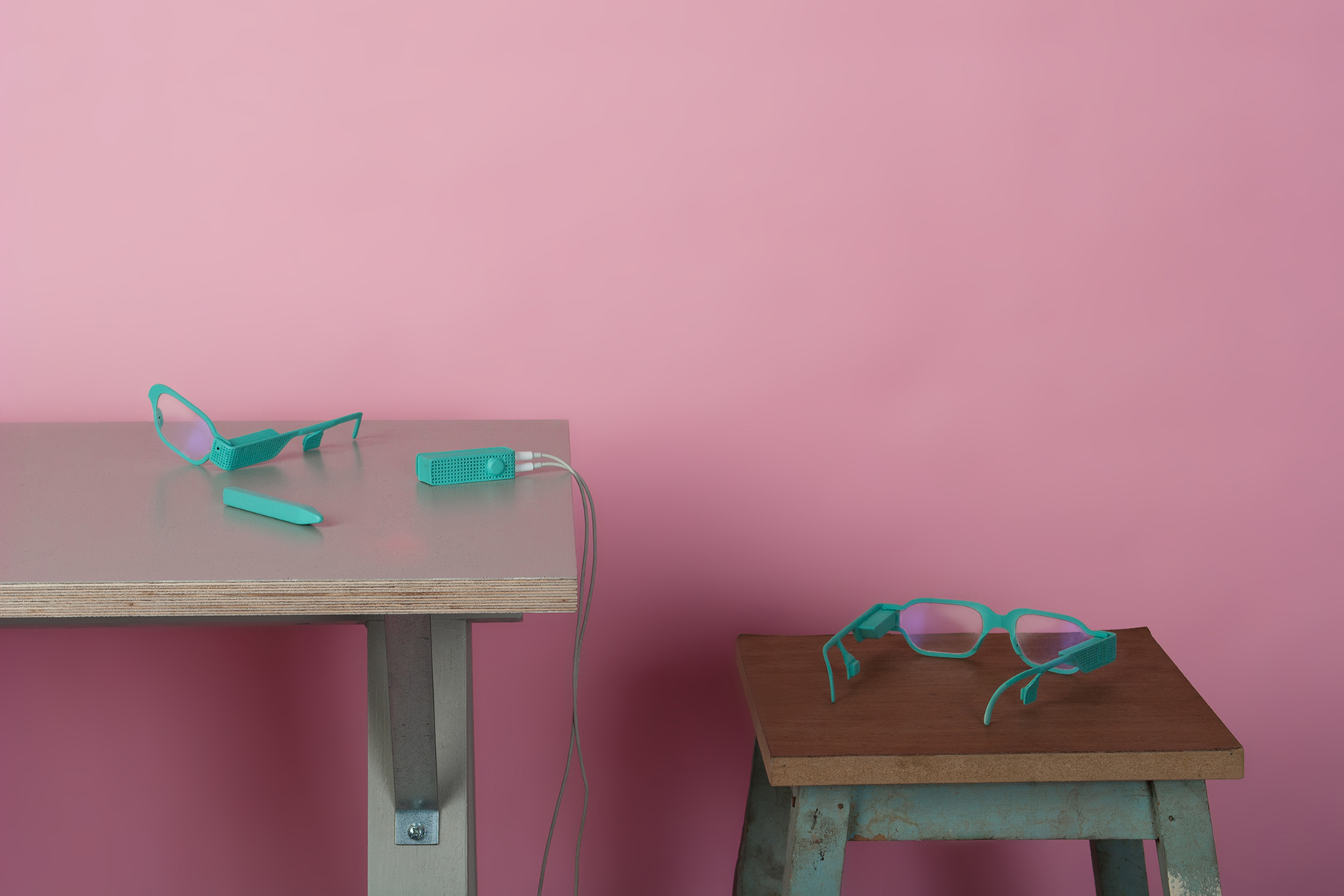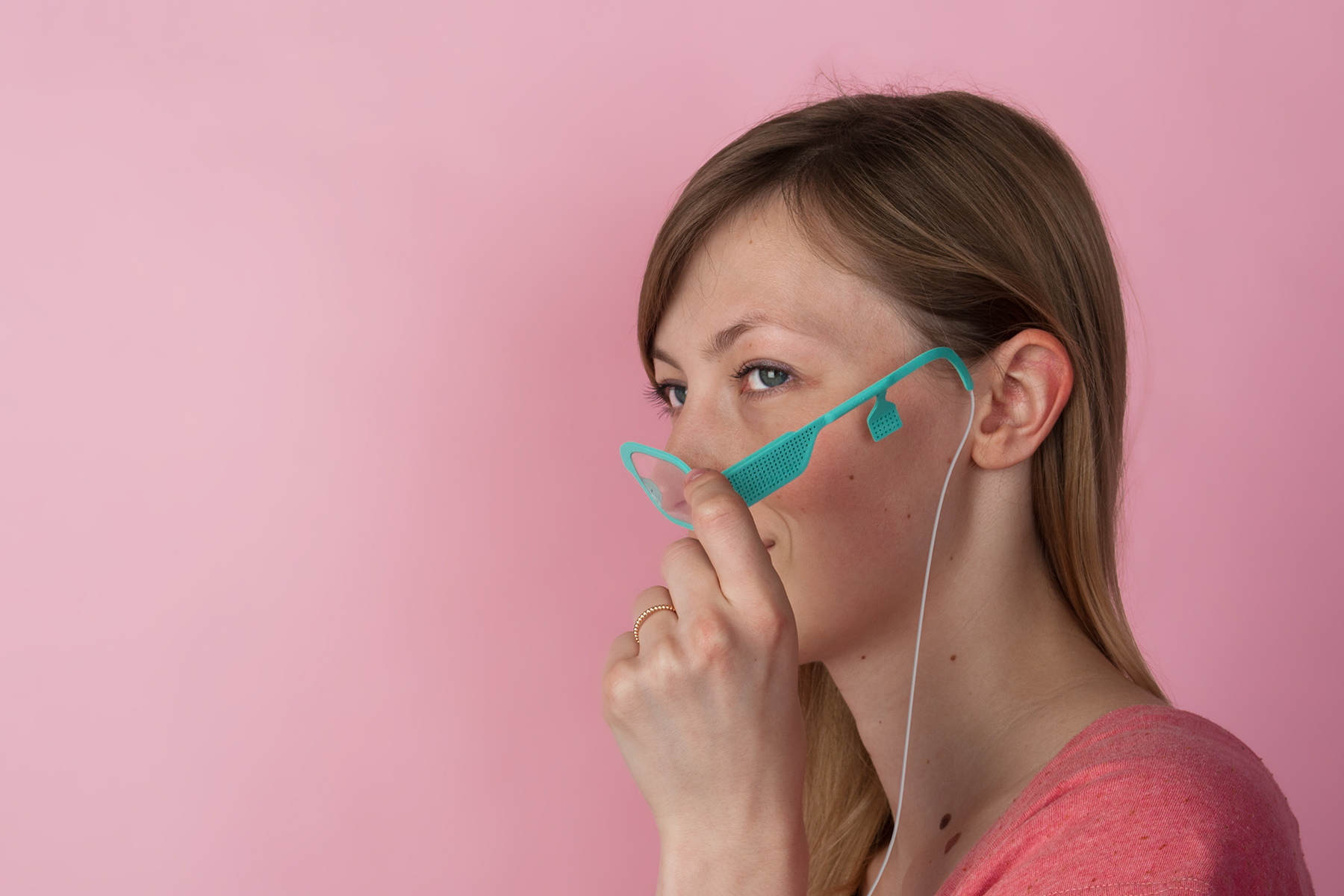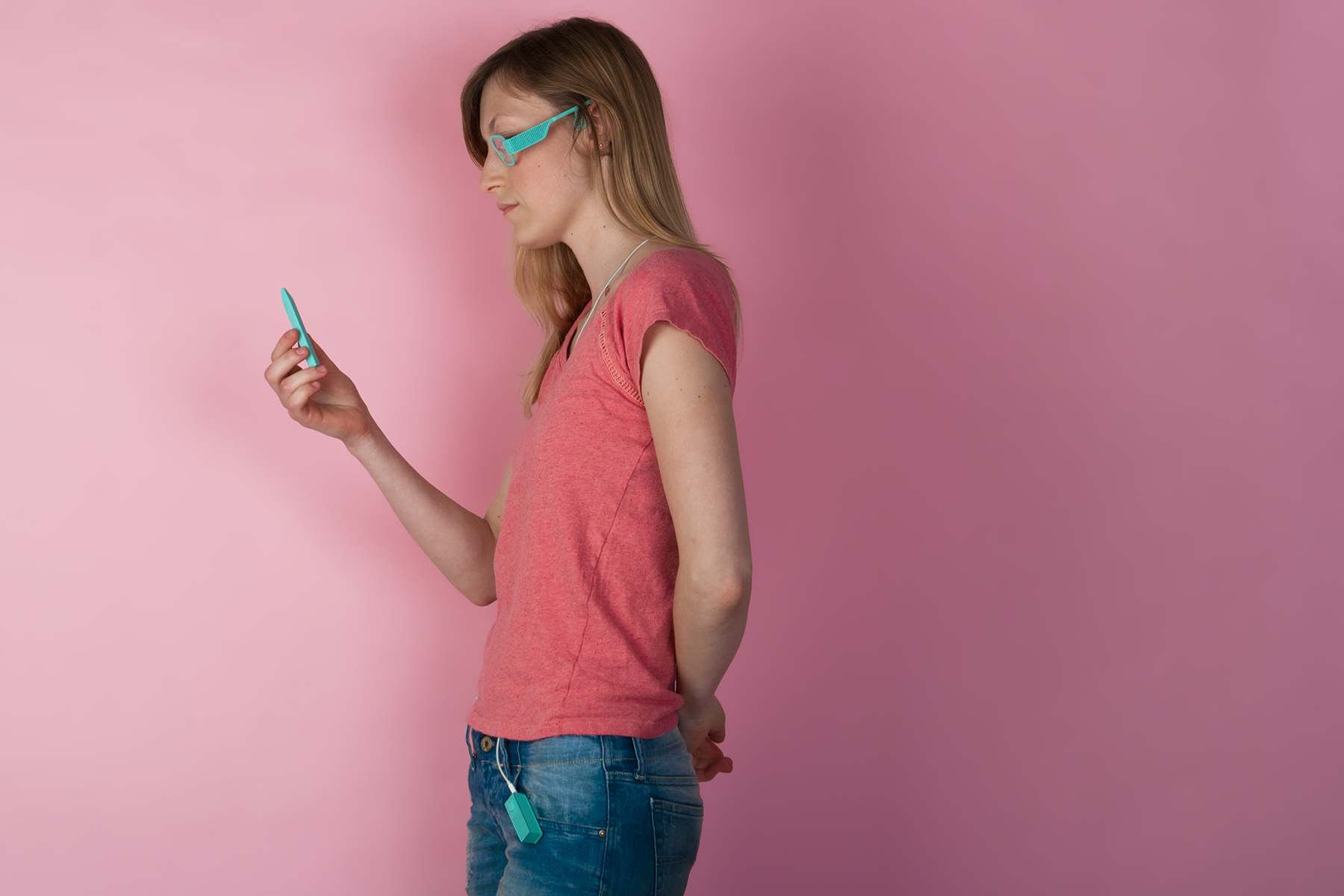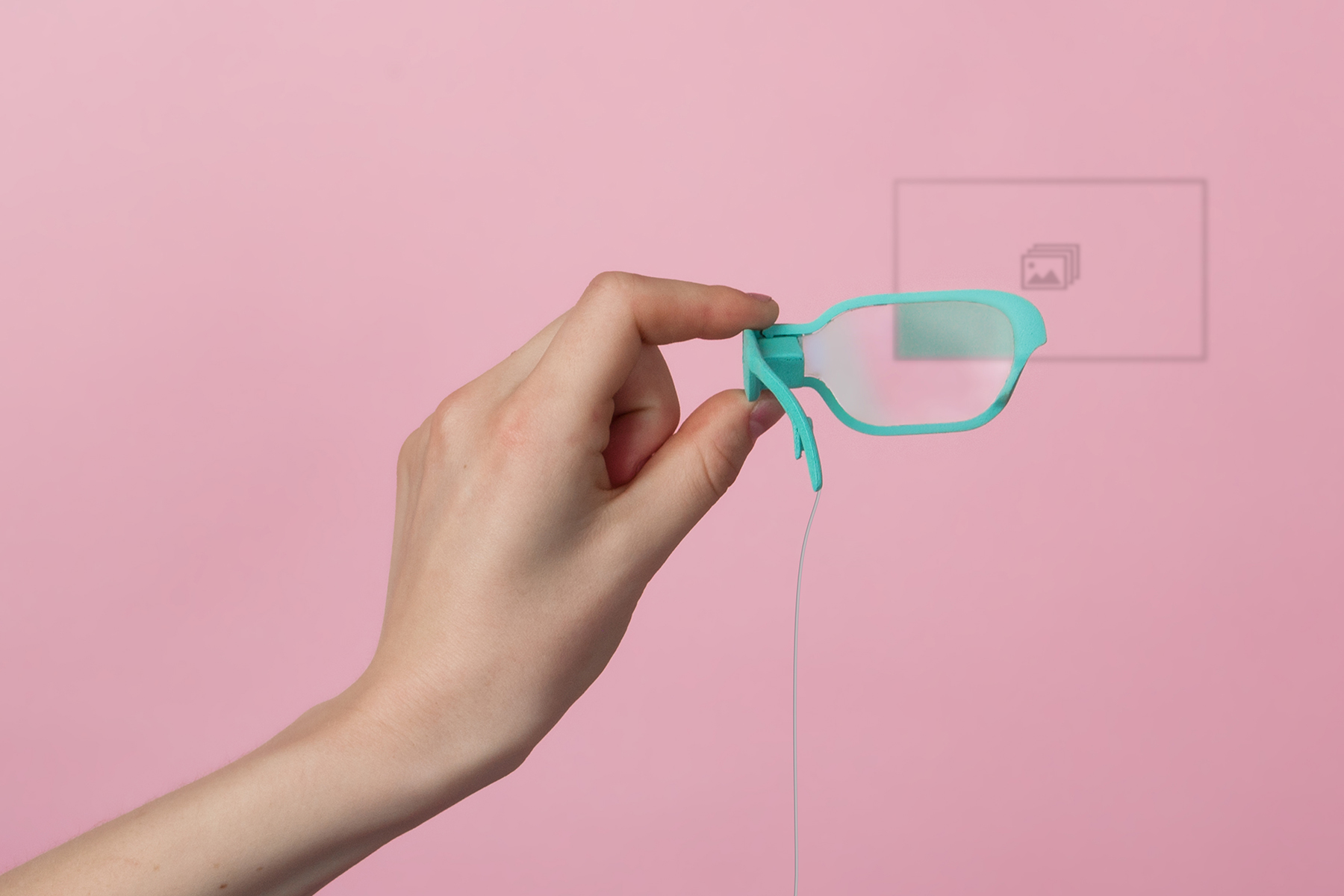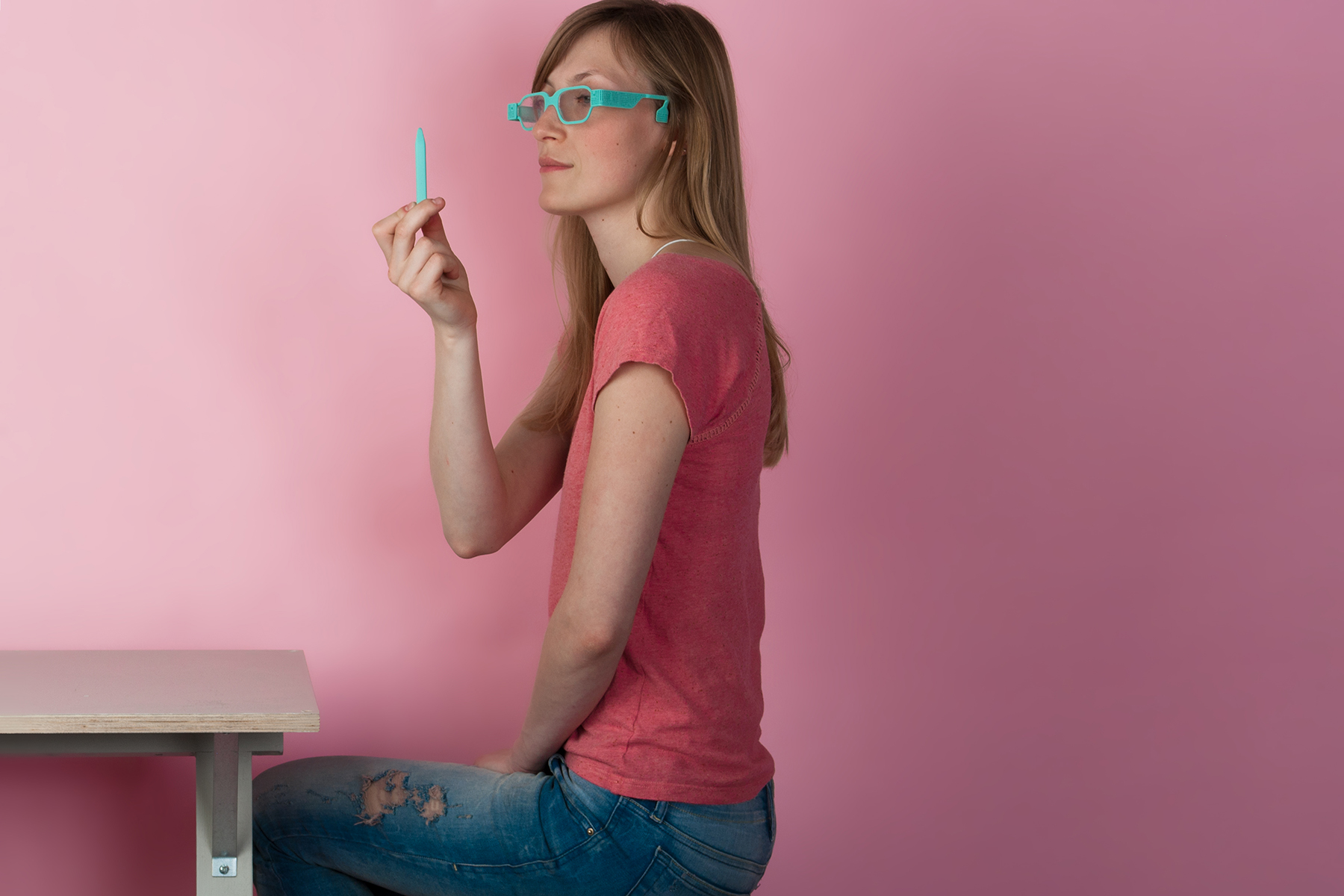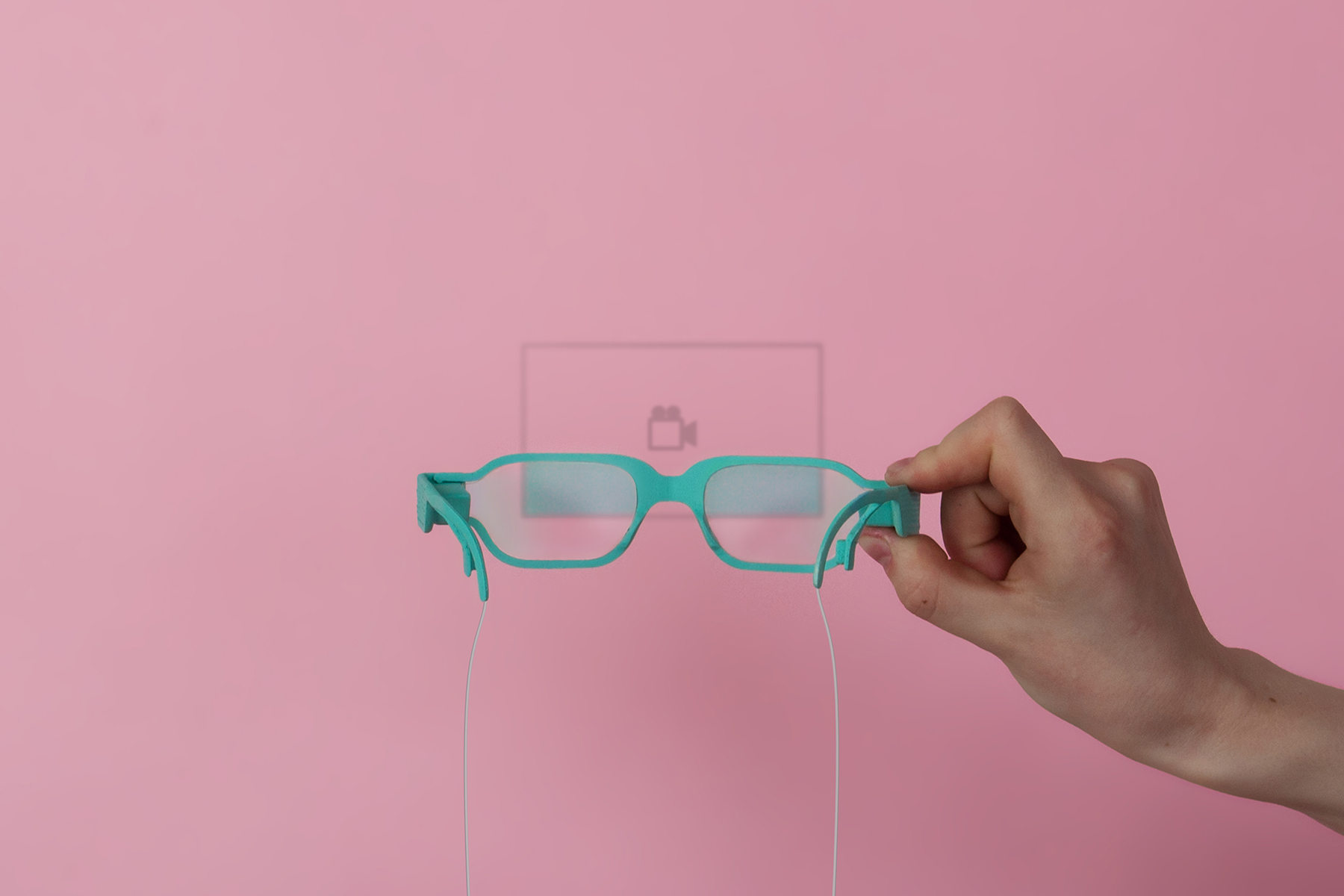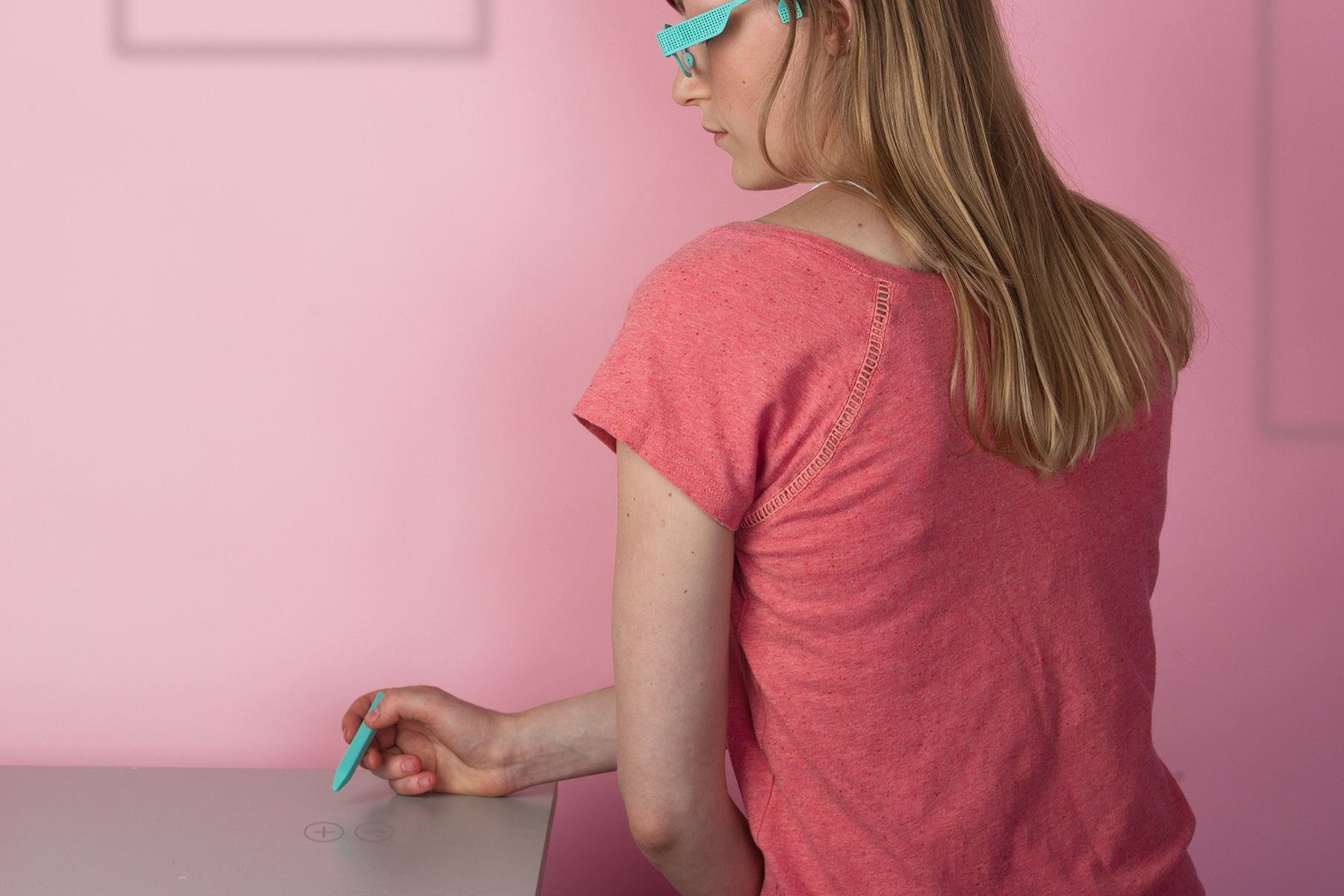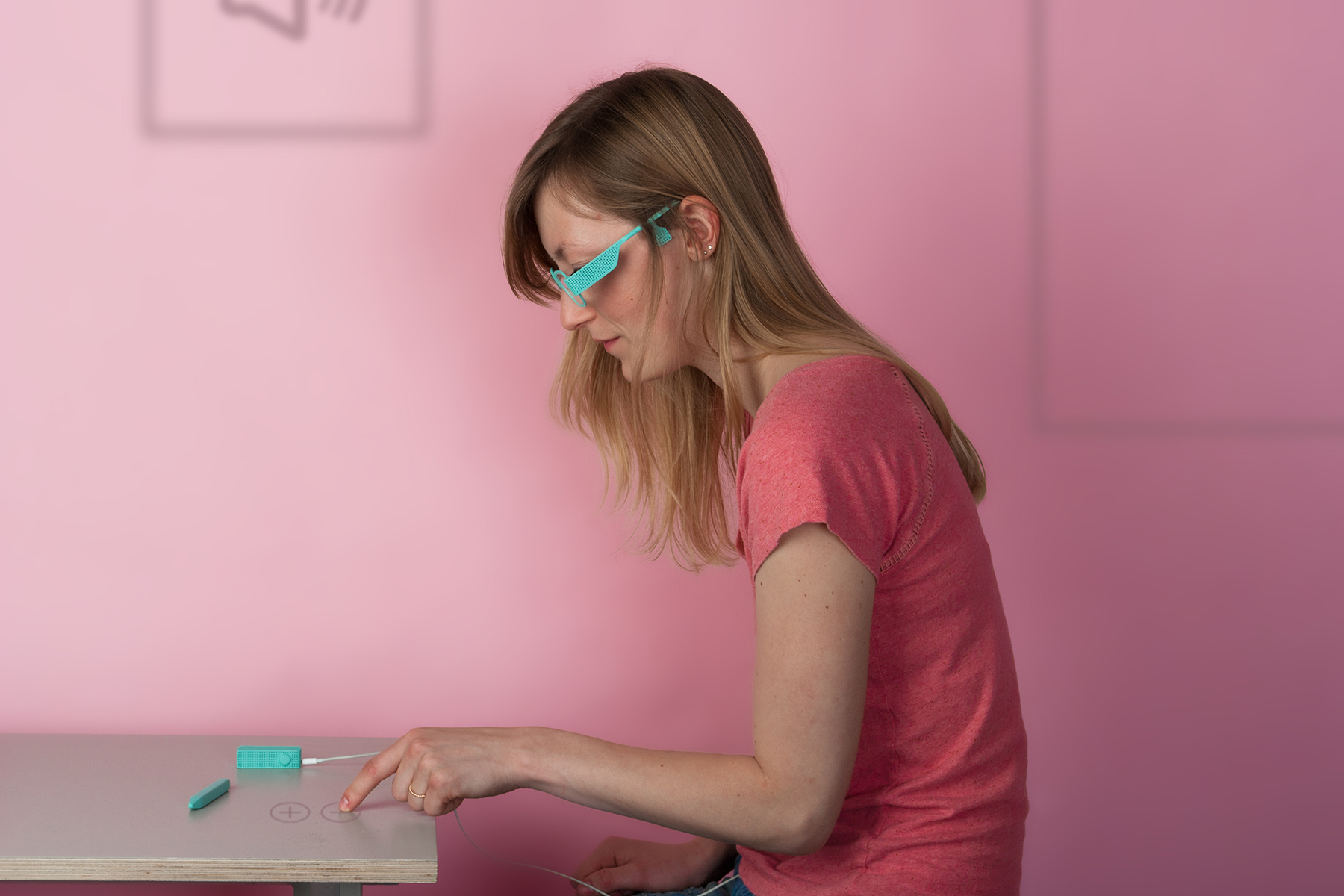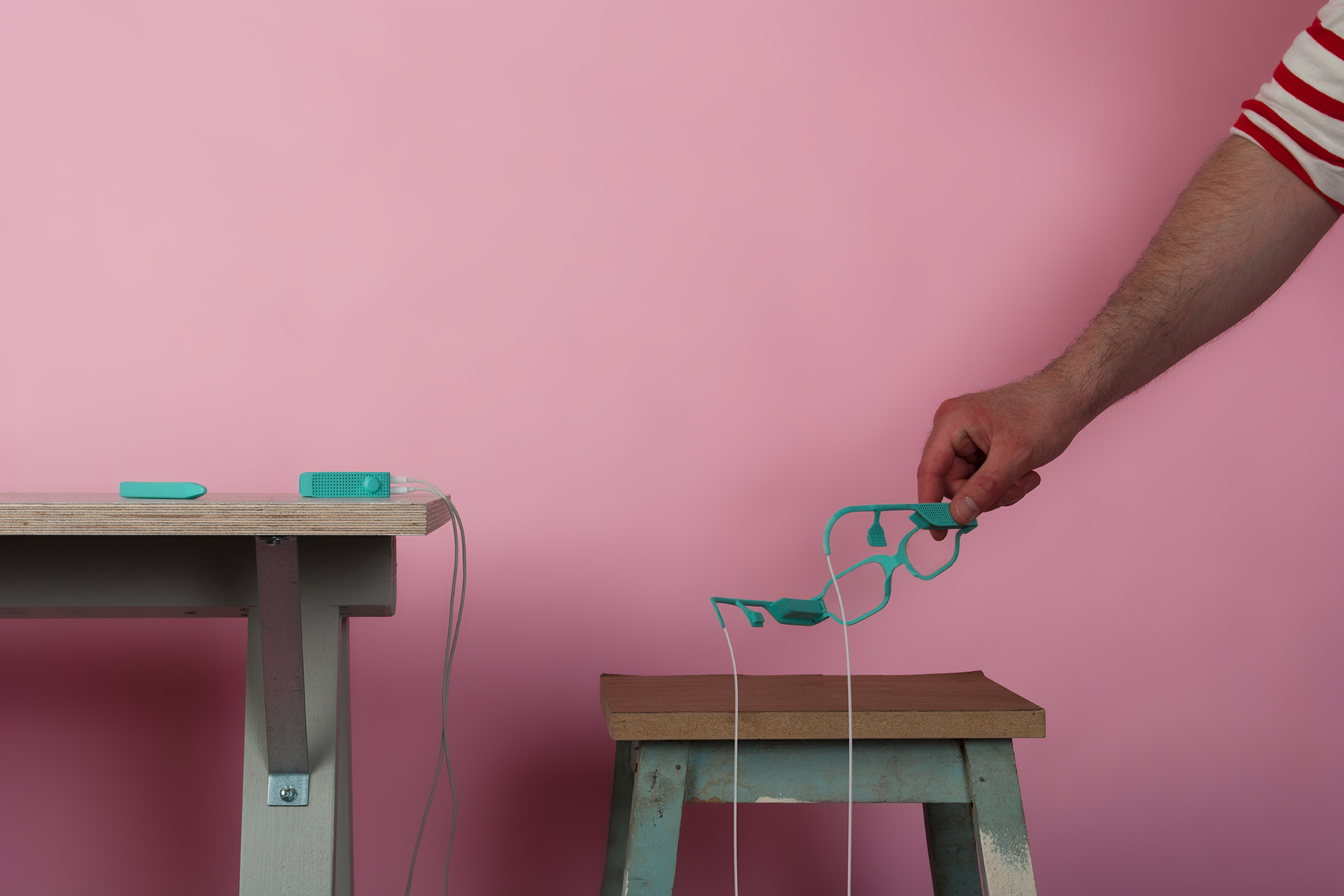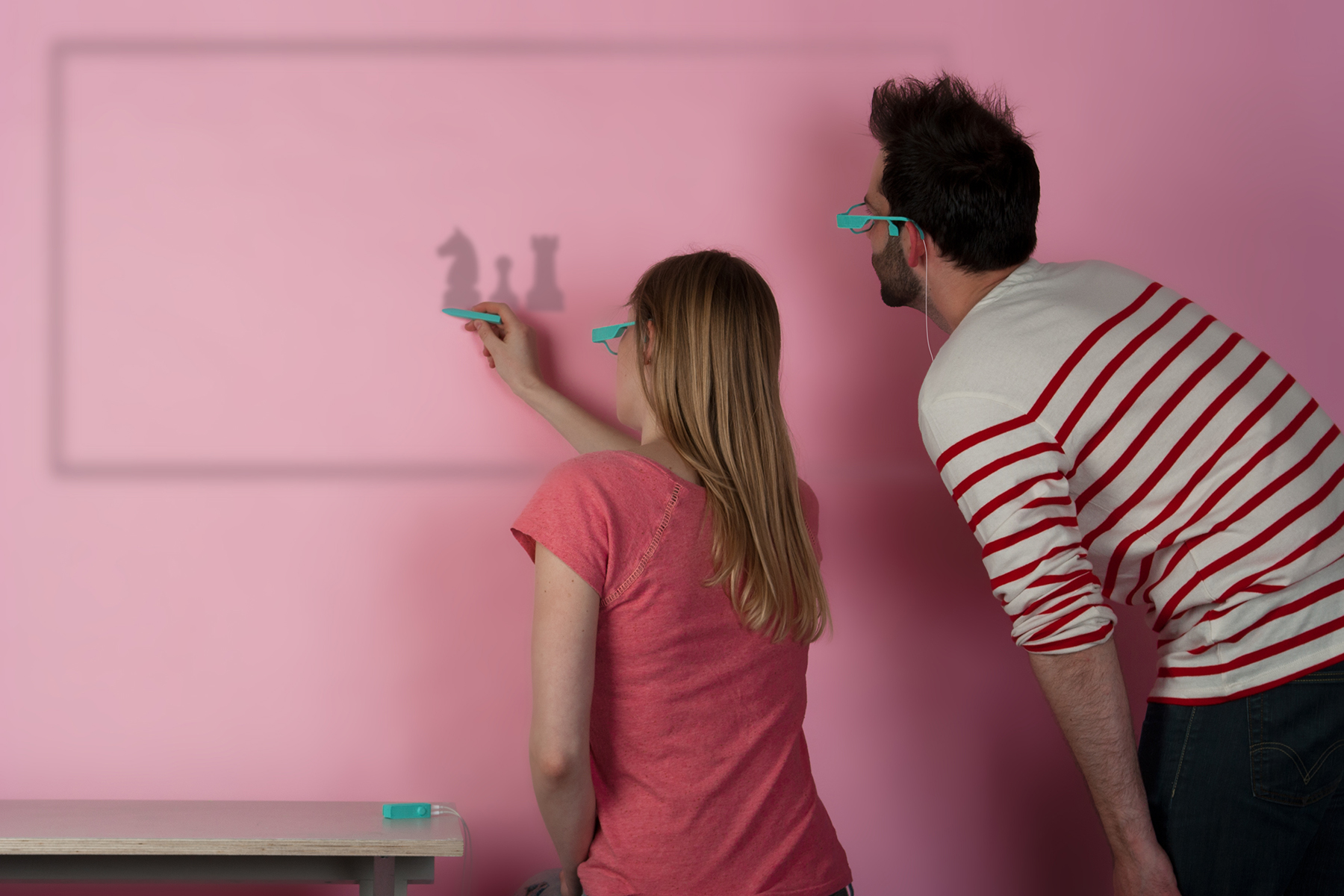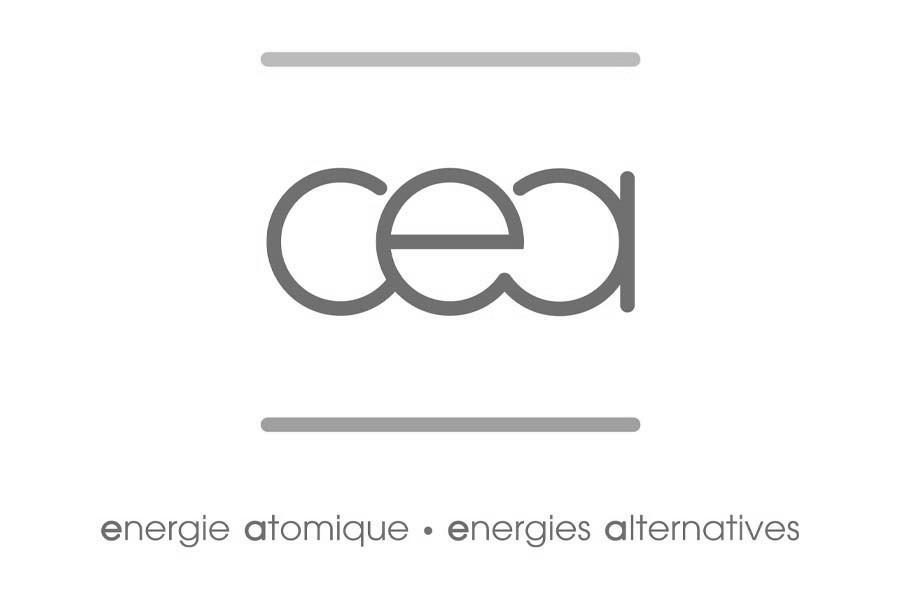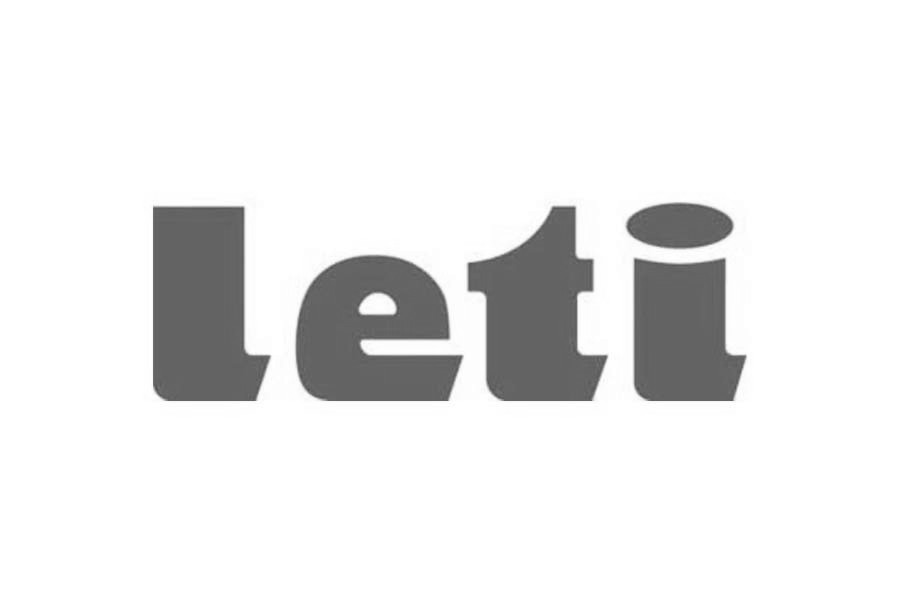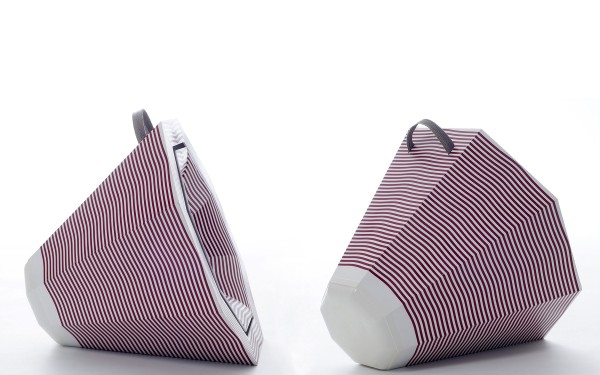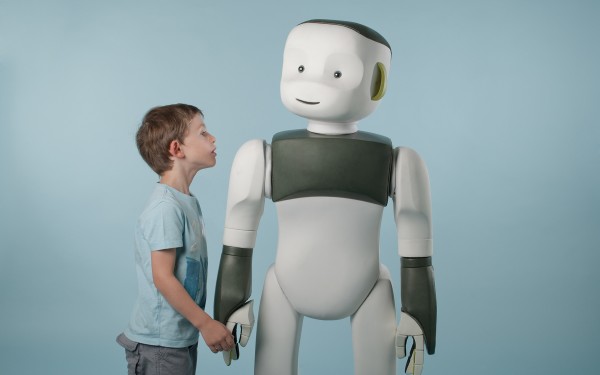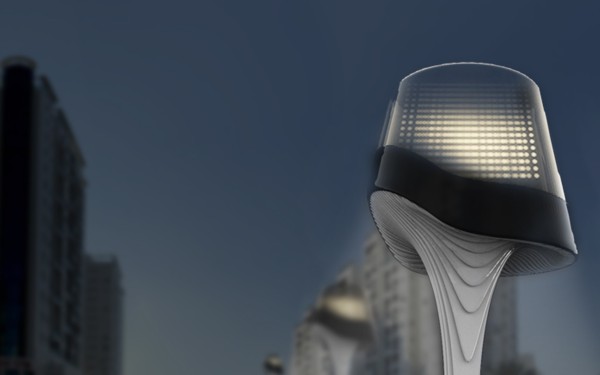The concept of Augmented Reality aims to provide users with access to digital content superimposed on reality.
This superimposition is experienced through constantly evolving objects. The invasive devices of the 1980s have given way to new devices that are as small and light as a pair of spectacles. They allow digital elements, hitherto intangible, to materialise and move beyond the screen into a new experience of everyday life. As the virtual spills over into the real world, we need to rethink the modes of interaction between the user, his environment and the content to be manipulated, as well as their spatial nature.
Thanks to the use of technologies developed by the CEA and a multidisciplinary approach combining design, science and engineering, designer Guillian Graves has developed a new experience for our everyday lives: Prisme.
Prisme is a set of Augmented Reality devices designed to enrich and personalise our environment with virtual content that can be manipulated through new interactions.
Using a stylus, users can draw virtual spaces on any surface in their home: walls, floor, ceiling or furniture. By drawing a pictogram inside these spaces, the user can assign functions to them: television, photography, information, music, games and so on.
In this way, users can personalise their homes by virtually positioning each of the functions that matter to them wherever they like. They can design a television whose size will be determined by their gesture, a sound system whose quality will be determined by the number of speakers they want and their position in space, and a remote control to control everything from the most appropriate place.
A device worn on the head, associated with this stylus, enables the user to view, hear and experience this content in space. Depending on the device worn, whether monocular or binocular, the experience will be in two or three dimensions respectively.
Once again, the user will be able to use the stylus to interact with the content being broadcast, in order to manage, manipulate or reorganise it.
In short, Prisme offers users a new experience of their environment through Augmented Reality, and vice versa. By relying on the user's real environment as a support for the virtual, Prisme gives an unprecedented physical dimension to interactions and content that were previously dematerialised.
